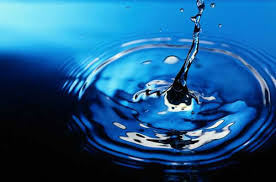
Sugars and Polysacharrides!
Components of Starch and other Saccharides
Materials:
- 2 Cups Flour
- 2 Cups Water
- 1 Cup Salt
- 2 Tablespoons Vegetable Oil
- Food coloring!
Procedure:
1. Mix all of the ingredients together, and stir over low heat.
2. When the dough pulls away from the sides and clumps in the center, remove the pan from heat and allow the dough to cool enough to handle.
3. Turn the dough out onto a clean counter or silicon mat, and knead vigorously until it becomes silky-smooth.
4. When you're done store it in an air-tight container.
5. If it begins to dry out, you can knead a bit of water in again to soften the dough back to usability.
Safety Precautions:
- Do not burn yourself on the hot pot.
- It is safe to eat this, but the taste will be unfavorable.
Scientific Principles:
1. Playdough is made out of starch, which is a polysaccharide.
2. Polymers are long molecules consisting of repeating structural units.









